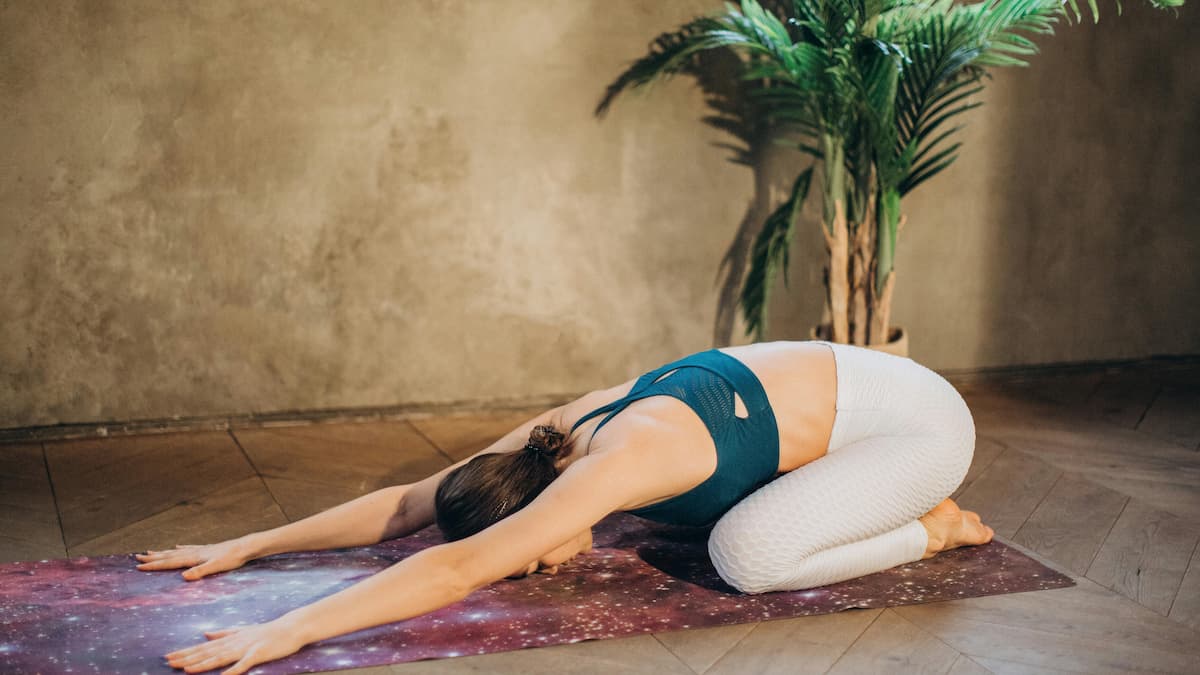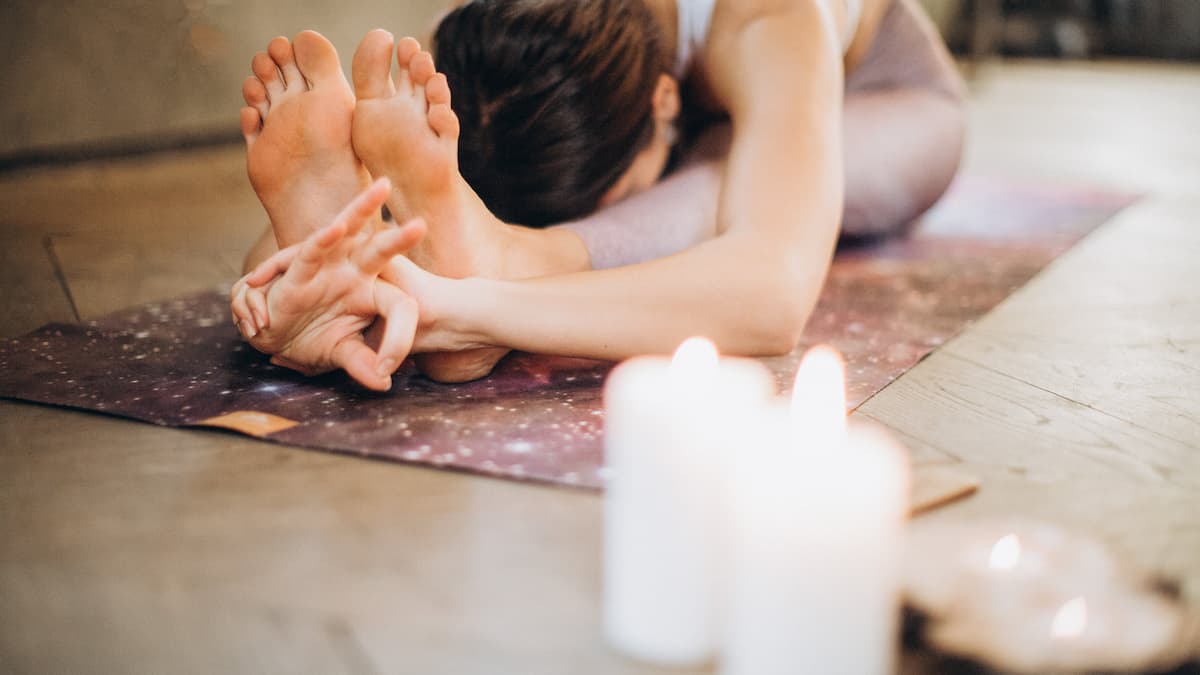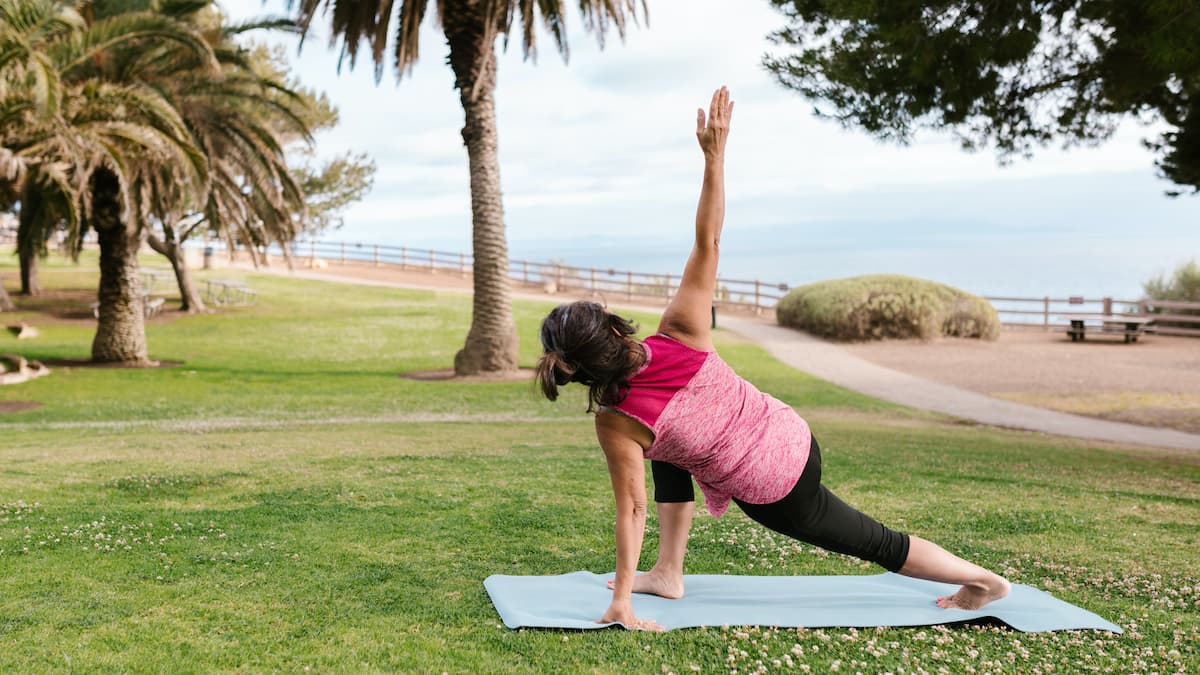Introduction
For beginners embarking on a journey towards weight loss, the prospect of complex yoga poses may seem daunting. However, it’s important to recognize that effective weight management doesn’t always require mastering intricate postures. Simple yoga techniques can offer accessible and sustainable solutions for beginners striving to achieve their weight loss goals.
Unlike advanced poses that demand significant flexibility and strength, basic yoga routines prioritize foundational movements that are easy to learn and execute. These beginner-friendly practices focus on gentle stretches, controlled breathing, and mindfulness, making them suitable for individuals of all fitness levels. By incorporating uncomplicated yoga sequences into their daily routine, beginners can gradually build strength, improve flexibility, and promote fat burning.
Moreover, these simplified techniques foster a deeper mind-body connection, empowering individuals to make healthier lifestyle choices and cultivate sustainable weight loss habits. In essence, while complex yoga poses may be aspirational, it’s the simplicity of basic yoga techniques that often yields the most profound and lasting results for beginners on their weight loss journey.
Including the following simple yoga sequence in your yoga help achieve your weight loss goals.
1. Mountain Pose
Stand with your feet either together or hip-width apart, ensuring your spine remains straight and your arms hang loosely by your sides. Engage your thigh muscles, gently lifting your kneecaps. This is Mountain Pose. Maintain this position for a duration of 30 seconds to 1 minute while focusing on deep, steady breaths to promote relaxation and stability.
2. Forward Fold
Transitioning from Mountain Pose, exhale as you hinge forward from your hips, allowing your torso to fold over your legs. If necessary, bend your knees to maintain comfort and pliancy. Gently place your hands on the floor beside your feet, allowing your head and neck to relax fully. In this Forward Fold, focus on deepening your breath, inhaling and exhaling slowly and fully. Hold the pose for 30 seconds to 1 minute, using each breath to deepen the stretch and release tension in your spine, hamstrings, and shoulders. Embrace the sensation of surrendering to gravity, allowing your body to soften and release with each exhale. This pose stretches the body back and also calms the mind. This promotes a sense of inner peace and relaxation.
3. Downward-Facing Dog
Transitioning from the Forward Fold, firmly plant your palms on the mat and step your feet back, positioning yourself into the plank position. As you do so, ensure that your body forms a straight line from head to heels, engaging your core muscles for stability. Next, lift your hips upward and backward, creating an inverted V-shape with your body known as a Downward-Facing Dog. Keep your arms and legs straight, with your heels reaching toward the floor to deepen the stretch in your hamstrings and calves. Maintain this position for 30 seconds to 1 minute, focusing on deep, intentional breathing to enhance relaxation and stability. Allow your breath to flow smoothly as you settle into the pose.
4. Warrior I
From Downward-Facing Dog, gently step your right foot forward between your hands, ensuring stability and balance. Rotate your left heel to the floor, maintaining it at a 45-degree angle for stability. With an inhalation, gracefully lift your arms overhead, allowing your palms to face each other in a gesture of openness. As you settle into the Warrior I pose, sink into your front knee. Also, ensure it remains aligned with your ankle to protect your joints. Embrace the stretch in your hip flexors and thighs as you engage your core for stability. Hold this pose for 30 seconds to 1 minute, allowing each breath to deepen the sensation of grounding and expansion. Maintain a steady flow of deep inhalations and exhalations to promote relaxation and focus. Afterward, repeat this sequence on the opposite side to ensure balanced strength and flexibility development throughout the body.
5. Plank Pose
From Warrior I, step back to meet the front, returning to the plank position with fluidity and control. Ensure your shoulders are aligned directly over your wrists. Keep your body straight from head to heels, engaging your core muscles for support and strength. Emphasize the alignment of your spine, hips, and legs. Avoid any sagging or arching in the back. With a focus on controlled breathing, hold this plank position for 30 seconds to 1 minute. Inhale deeply to expand your chest and exhale fully to activate your core muscles further. Allow each breath to guide you toward greater stability and endurance.
6. Child’s Pose
From the Plank Pose, gently lower your knees to the mat, releasing any tension in the hips and thighs. Shift your weight back, settling onto your heels with ease and comfort. Extend your arms forward, reaching them out in front of you as you lengthen your spine. With a soft exhalation, lower your forehead to the mat, allowing your upper body to relax into Child’s Pose. Feel the gentle stretch along your back and shoulders as you surrender to gravity. Embrace the soothing rhythm of your breath, inhaling deeply to expand the chest and exhaling fully to release any tension left over. Sink deeper into the pose with each breath, finding stillness and peace within. Hold this posture for 1 to 2 minutes, allowing ample time to unwind and restore both body and mind.
7. Corpse Pose
To begin, recline onto your back. Then, extend your arms and legs outward in a comfortable position. Gently close your eyes, inviting a sense of calmness to envelop your entire being. Feel the gentle rise and fall of your chest with each breath. Meanwhile, slowly allow your breath to become slow, steady, and effortless. With each inhale, draw in a sense of peace and serenity, and with each exhale, release any lingering tension or stress. As you continue to focus on your breath, let go of any thoughts or distractions. This allows you to sink deeper into a state of profound relaxation. Embrace the stillness of the moment. Remain in this blissful pose for 5 to 10 minutes, savoring the serenity it brings to your entire being.
Conclusion
In conclusion, these simple yoga poses offer accessible and effective tools for people seeking to include yoga in their weight loss journey. By integrating these poses into a regular yoga routine, beginners can gradually build strength, resilience, and mindfulness, ultimately supporting their weight loss goals. Consistent practice boosts a deeper mind-body connection and promotes healthy habits, making sustainable weight loss more attainable. Embrace these basic poses as part of your yoga practice, and witness the power they hold in your journey towards improved health and well-being.



